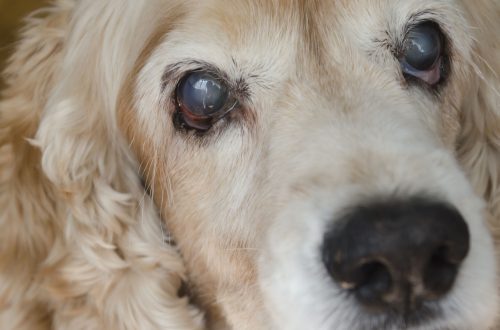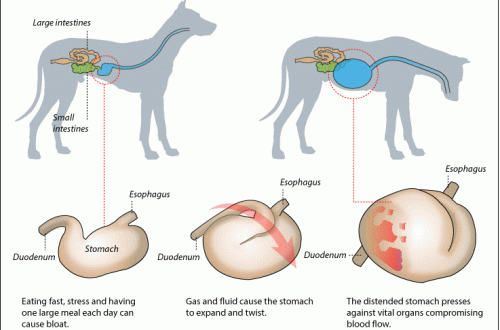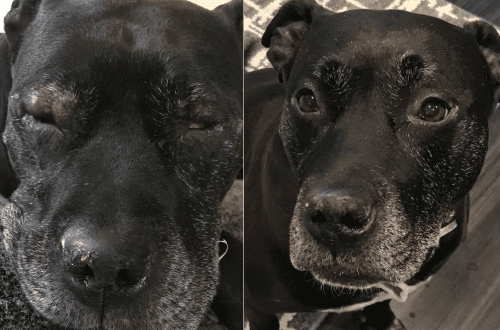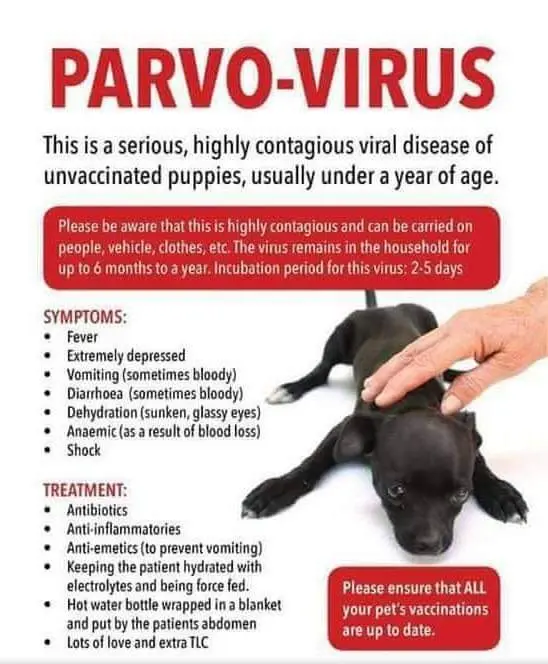
Parvovirus in Dogs – Symptoms and Treatment
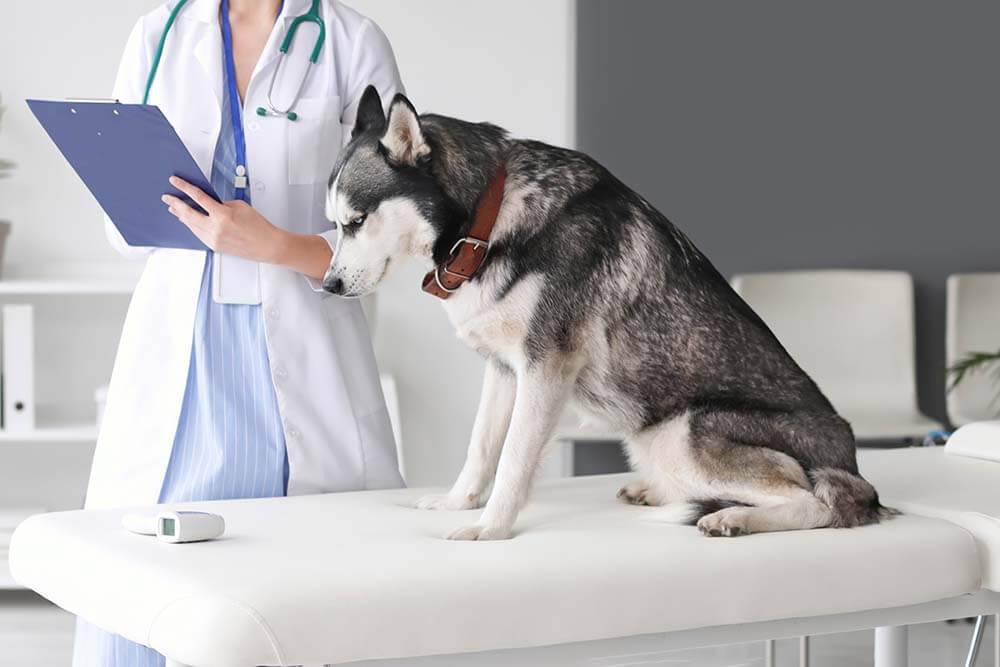
Contents
About viruses
Parvovirus enteritis in dogs is caused by a DNA virus that belongs to the Parvoviridae family. Parvoviruses mainly infect fast-growing cells and multiply in their nucleus. They are highly stable in the external environment, withstand the processing of premises by many chemical (ether, chloroform) and physical methods (heating for an hour at 60 degrees). For inactivation (destruction) of the virus, 2-3% solutions of formalin and sodium hydroxide have shown themselves well.
Dogs of all breeds are susceptible to the disease (Yorkshire Terriers, Dachshunds, German Shepherds, Labradors, Huskies and others). Puppies aged 1 to 6 months are more prone to the disease. The incubation period averages 7-10 days, the course of the disease is acute and fulminant.
Forms of parvovirus enteritis in dogs
intestinal form
When it enters the body, the virus first of all moves to the intestine, penetrates into its cells and begins to multiply there. In this form, enteritis occurs in dogs, that is, inflammation of the small intestine. The intestinal mucosa is rejected, mixed with its contents. Digestive functions are disturbed, the absorption of water and nutrients worsens, the immune defense of the whole organism decreases.
heart shape
After active reproduction in the intestines, in the absence of treatment or with a fulminant form in small puppies, the virus begins to migrate from the gastrointestinal tract with blood and lymph. Since the virus has a tropism for the myocardium (that is, it can multiply well in the heart muscle), it enters the heart. In this form, myocarditis develops, that is, inflammation of the heart muscle. Usually sick puppies aged 4-5 weeks are subject to this process.
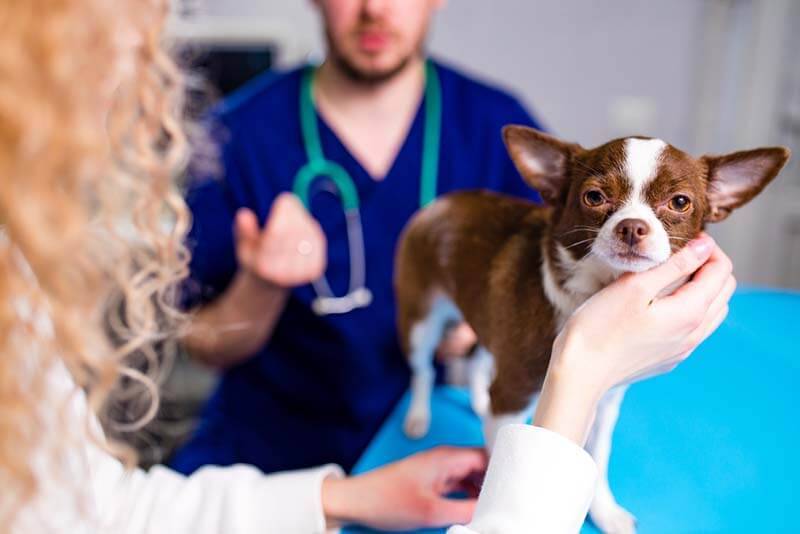
Sources of infection
There are two main sources of the causative agent of parvovirus infection in dogs:
Sick animals that are actively ill at the moment with all clinical symptoms.
Virus carriers are dogs that do not show any complaints, but are carriers of the infection.
Infection of healthy dogs occurs:
By contact – through direct contact with a sick dog and through contaminated care items, such as bowls.
Orally – through infected excretions of sick animals.
The release of the virus into the environment occurs with feces and vomit. A large gathering of dogs contributes to a wider spread of the virus. Exhibitions, sporting events can lead to mass infection. In sheltered conditions, the virus also has a high chance of spreading and is difficult to inactivate.
Immunocompromised dogs are more likely to be infected. Poor housing conditions such as overcrowding, malnutrition, chronic stress lead to a decrease in immunity and increase the risk of disease.
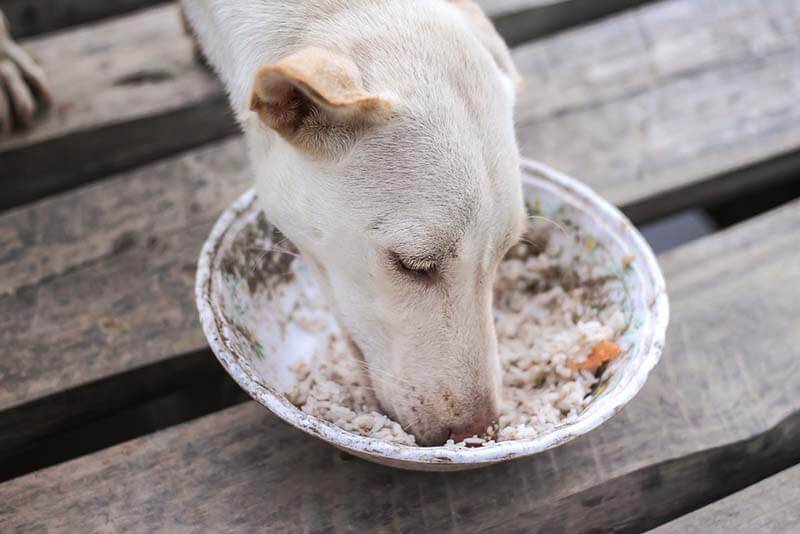
Symptoms of Parvovirus Enteritis in Dogs
The course of parvovirus enteritis in dogs is in most cases acute, but in small puppies it can be fulminant. The first clinical sign in most cases is vomiting. At the beginning of the disease, vomit contains the contents of the stomach, undigested food. Over time, it often becomes mucous, with a yellow tinge. Vomiting can be debilitating and occur every 30-40 minutes.
Loose stools usually join later, 1-3 days after vomiting. Initially, the feces are yellowish in color, may have blood impurities, over time it becomes watery, a specific unpleasant odor appears, sometimes putrefactive. Body temperature can be normal or rise to 40-41 degrees. In the last stages of the disease or in very young puppies, the temperature can be lowered to 34-35 degrees.
Frequent vomiting and diarrhea lead to dehydration of the entire body.
The animal refuses food and water, becomes very lethargic, mostly lies or sleeps. In the absence of treatment, shock and death occur. Small puppies can die within 1-3 days even with adequate treatment.
The transition of the disease to the cardiac form is usually observed in dogs under 5 weeks of age. With damage to the heart muscle, sudden weakness, shortness of breath, blue mucous membranes, foamy discharge from the mouth and nose can be noted. With this nature of the disease, animals die within a day.
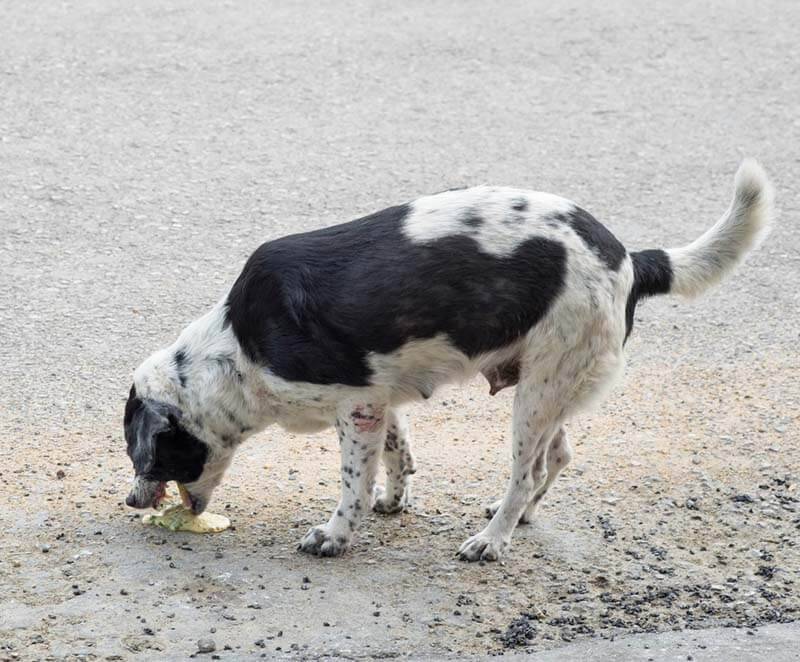
Diagnostics
To make a correct diagnosis, the doctor will collect a detailed anamnesis – a history of life and illness. It is necessary to find out the conditions of the animal, a detailed diet, vaccination status, the presence of treatments for parasites. The doctor will ask why and when the clinical symptoms began, whether any treatment has already been carried out. During the examination, the doctor will check the color of the mucous membranes, assess the degree of dehydration, tension and soreness of the abdomen, conduct auscultation (listen) and thermometry (measure the temperature).
Blood tests will be recommended. With the help of clinical analysis, it is possible to detect the presence of inflammatory processes, anemia. With parvovirus, most often, in a clinical blood test, leukopenia can be noted – a decrease in the level of leukocytes, as a result of suppression of the bone marrow. In the biochemical analysis of blood, there is a decrease in the level of albumin, electrolyte disturbances. A positive PCR test on feces, vomit, or rectal lavage is usually sufficient to confirm the diagnosis of parvovirus gastroenteritis in dogs.
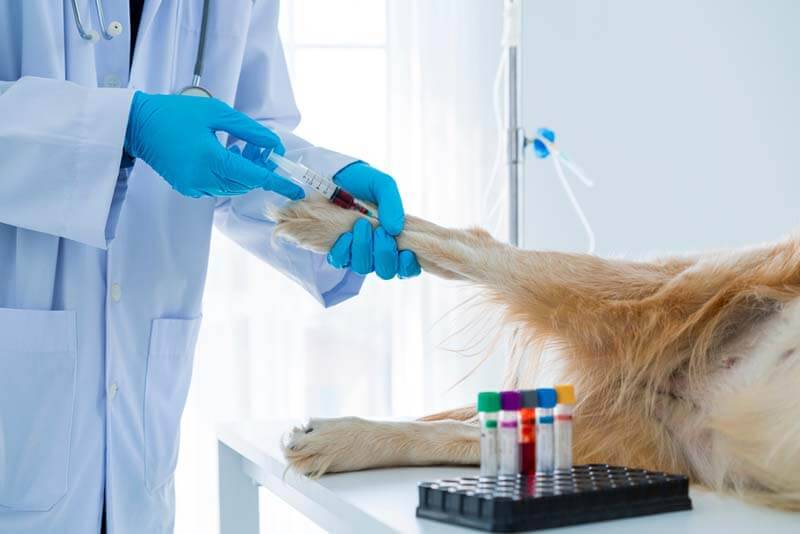
Treatment for parvovirus in dogs
It is preferable to treat parvovirus in dogs in an inpatient setting, as home care will not be sufficient in most cases. In the clinic, animals must undergo infusion therapy, that is, droppers. Balanced water-salt solutions are used, for example, Sterofundin. The volume of the solution is calculated depending on the degree of dehydration of the animal, as well as on the additional losses due to vomiting, diarrhea, high body temperature. Other drugs are also administered mainly intravenously.
Antiemetic drugs such as Maropitant or Ondansetron are used. Cerucal in this situation is not recommended, as it increases intestinal motility and can lead to increased diarrhea. To restore the intestinal mucosa, gastroprotectors are introduced – Omeprazole, Famotidine. Antiviral drugs such as Cycloferon are not commonly used due to their questionable effectiveness. To combat a secondary infection, antibacterial drugs are prescribed, such as Amoxicillin, Tylosin, Metronidazole. In the early days, analgesic therapy is also often prescribed, usually Lidocaine is used in the form of infusions at a constant rate.
It is mandatory to start early feeding, fasting delays recovery.
If the animal has a swallowing reflex, then feeding can be carried out with liquid feed from a syringe without a needle. If swallowing is difficult or there is a risk that the animal will choke and get aspiration pneumonia (inflammation that occurs due to the penetration of foreign substances into the lungs), then it is recommended that an esophageal tube be fed through it with special feeds. Several times a day, measurements of body weight and temperature, glucose levels, re-evaluation of the level of dehydration should be carried out.
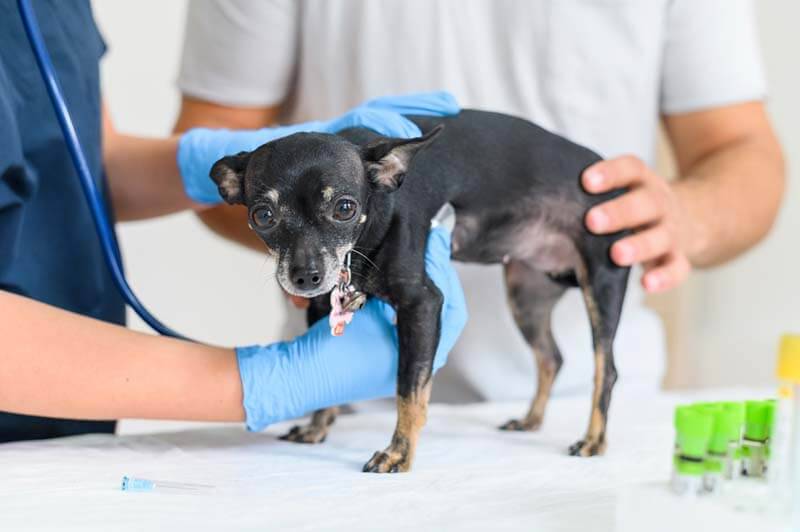
Diet
During inpatient treatment for animals in poor condition, high-calorie liquid feeds are usually used, which can also be used for tube feeding. They can be found in many manufacturers such as Royal Canin Recovery, Hill’s a/d, Monge Recovery.
After the restoration of well-being, it would be advisable to continue feeding with a diet designed to restore the gastrointestinal tract with gastritis, enteritis, vomiting and diarrhea. These can be foods such as Royal Canin Gastrointestinal, Hill’s i/d, Purina EN. You can continue to give them for another 2-3 weeks after complete recovery and then smoothly switch to your usual daily diet.
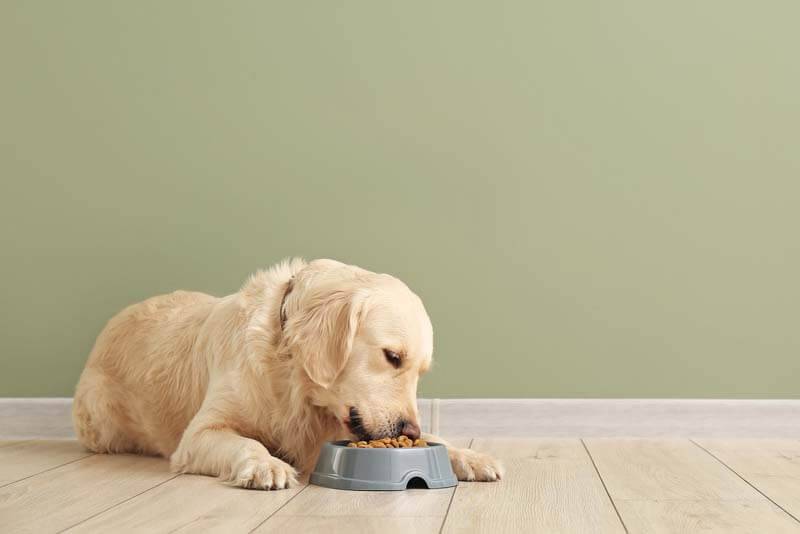
Parvovirus enteritis in a puppy
Symptoms of parvovirus in puppies will be similar to those in adults, but are usually more severe. Dehydration in young puppies occurs much faster than in adults. A fulminant course can lead to the death of a puppy within 1-2 days, even with early treatment. Also, only puppies around 4-5 weeks old are usually prone to the cardiac form of the course. Treatment of parvovirus enteritis in a puppy is carried out similarly to the treatment of adult animals and is described in the appropriate section.
Prevention
The basis for the prevention of parvovirus enteritis is the vaccination of the dog according to age. Vaccination can either help avoid infection completely or reduce the severity of clinical symptoms. Before planning mating, it is necessary to make sure that both future parents are vaccinated. Puppies should not go for walks and contact with other unvaccinated dogs until the completion of the full course of vaccination. Also, for prevention, it is recommended to avoid poor living conditions, unbalanced feeding, crowded content. If you have several dogs at home, and one of them has a virus, it is necessary to isolate the patient in order to reduce the risks of infecting other animals.
Vaccination
The first vaccination of a puppy can be started from the age of 8 weeks. After 3-4 weeks, vaccination must be repeated. According to the latest recommendations from the International Association for Pet Vaccination, vaccination should be repeated every 3-4 weeks until the animals are 16 weeks old. According to them, with the help of such a scheme, more intense immunity can be achieved. After completing the primary vaccination, you can repeat the vaccination against parvovirus 1 time in 3 years until the end of life.
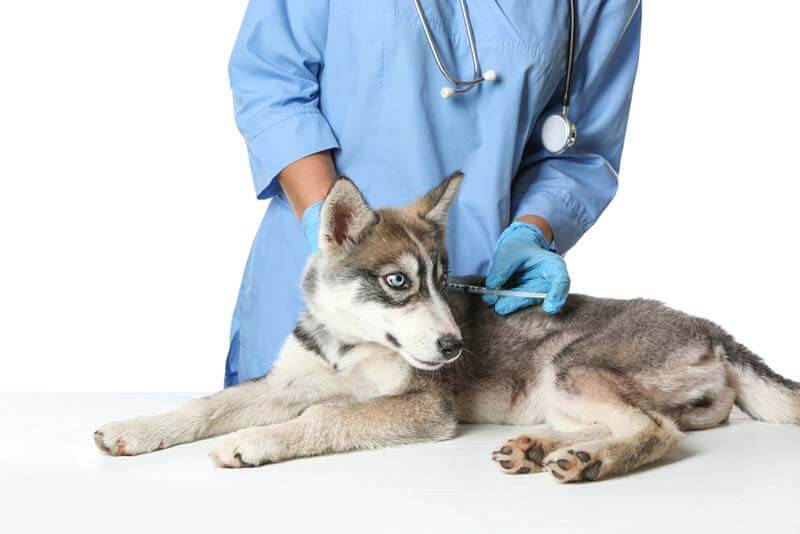
Dog seat treatment
If there is only one dog in the house, and she fell ill, then careful treatment of the premises is not necessary, since re-infection in a sick pet will not happen in the near future, and this virus is not terrible for people and other animal species. If there was a sick dog in the house that died from parvovirus, thorough disinfection should be carried out before taking home a new pet, since the virus is very persistent in the environment. It is better to dispose of all beds, bowls and other things of the dog and purchase new ones. Floors and other surfaces can be treated with disinfectants such as Ecocide, Laina. it is recommended to clean the air with quartz lamps. But even these funds may not be enough to completely destroy the virus.
Danger to humans
Parvovirus in dogs is a strictly species-specific virus. This means that it is able to multiply only in the tissues of a particular organism. For example, cats have their own parvovirus, which is only dangerous to members of the feline family. For humans, this virus also does not pose any threat. It is worth observing the usual daily hygiene, washing your hands after communicating with a sick pet. A dog’s feces and vomit may contain a secondary infection, a variety of bacteria that can potentially be dangerous for immunocompromised people.
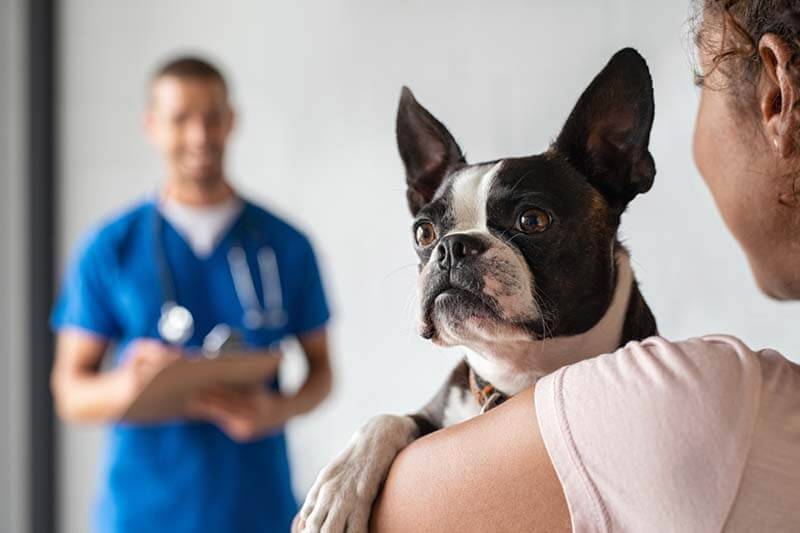
Parvovirus in Dogs Essentials
Parvovirus enteritis is a highly contagious disease.
The main symptoms include: vomiting, diarrhea, refusal to eat, lethargy.
Treatment of parvovirus enteritis in dogs should be carried out in a hospital, droppers, antibiotics, and gastroprotectors are used.
Vaccination is an effective method of prevention.
Answers to frequently asked questions
Sources:
Skogoreva A.M. Epizootology and infectious diseases of unproductive and exotic animals: textbook / Skogoreva A.M., Manzhurina O.A. — Voronezh: Voronezh State Agrarian University. Emperor Peter the Great, 2016. – 189 p.
Ramsey Ya. Infectious diseases of dogs and cats. Practical Guide / Ed. Ya. Ramsey, B. Tennant – M .: OOO “Aquarium – Print”, 2015. – 304 p.





